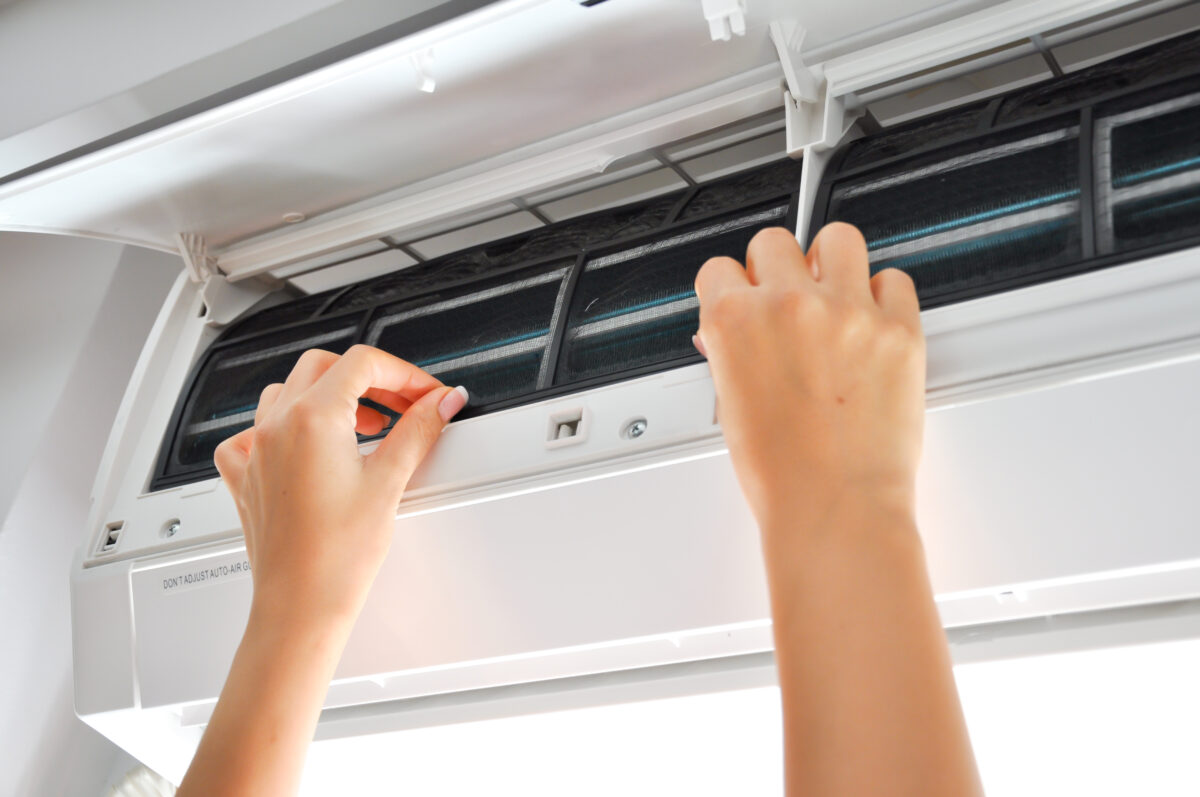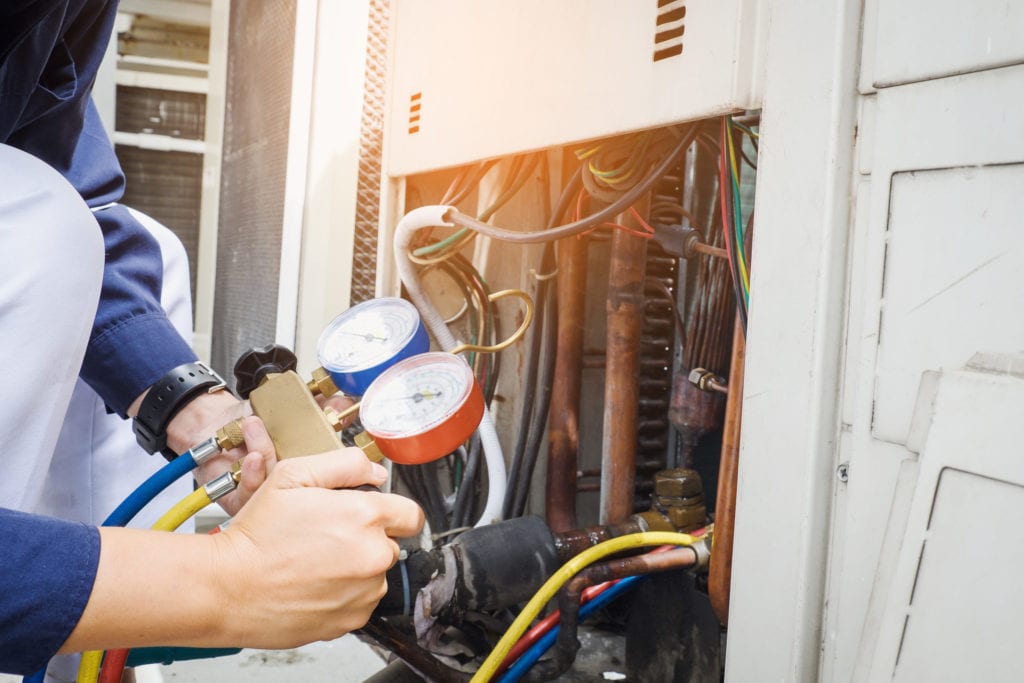What Size HVAC Unit Do You Need?
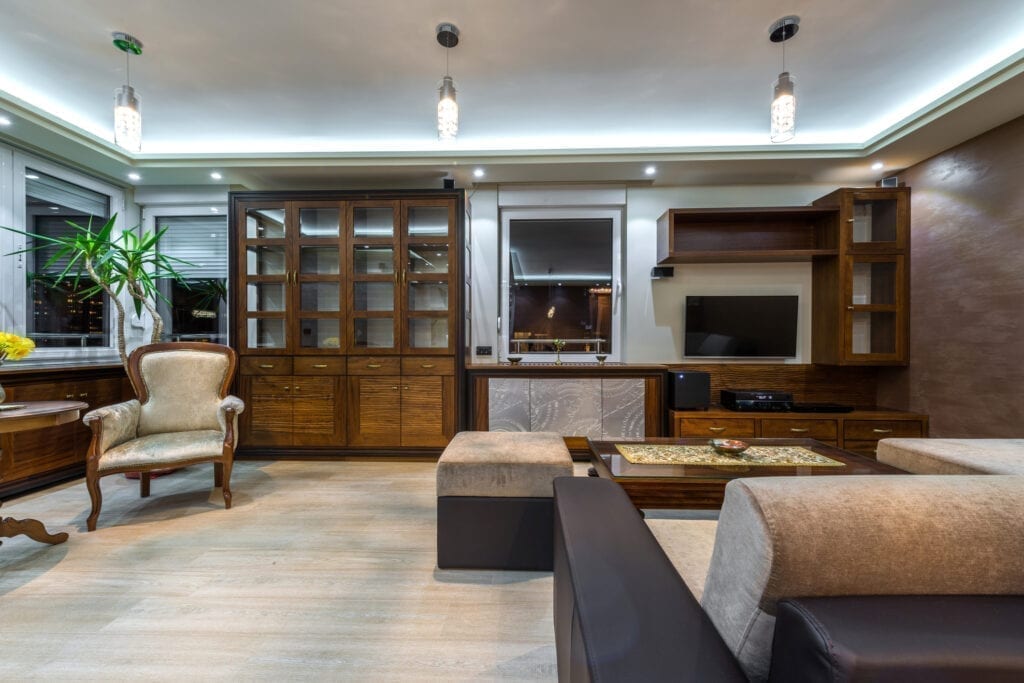
Choosing the right size HVAC for your home can be confusing. With all of the calculations and formulas that you see on the internet, which one is right? We want to help make choosing easier by breaking down all of the elements that goes into the right size HVAC for your home. Here’s what you need to know.

HVAC basics every homeowner should know
Let’s start with some basic info before jumping into sizing methods. What we call HVAC is an acronym for “heating, ventilation, air conditioning.” If you choose a heat pump unit, all three elements are combined into one. Heat pumps are ideal for homes that are limited to electrical power, but many homeowners also choose them because of their convenience. Heat pumps are not suitable for all climates, as they operate by drawing heat from the environment. An HVAC system can also represent the combination of a furnace and air conditioner in your home.
To determine the right size HVAC for your home, you’ll want to start with a Manual J calculation. This is a calculation based on several factors in your home, and it can give you a BTU number for choosing the right HVAC system. BTU stands for British Thermal Unit. A BTU is a measurement of the amount of heat required to raise the temperature of one pound of water by 1° Fahrenheit.
Most local utility companies offer a free energy audit, which will give you the figure you’ll need when you shop for an HVAC system. If you’re unable to get a free energy audit, a local HVAC dealer can provide this for you. Having this customized BTU calculation will help you when you’re ready to shop for an HVAC unit — your customized information can make you a more savvy consumer. The Manual J calculation is best left to energy professionals, and is not a DIY project.
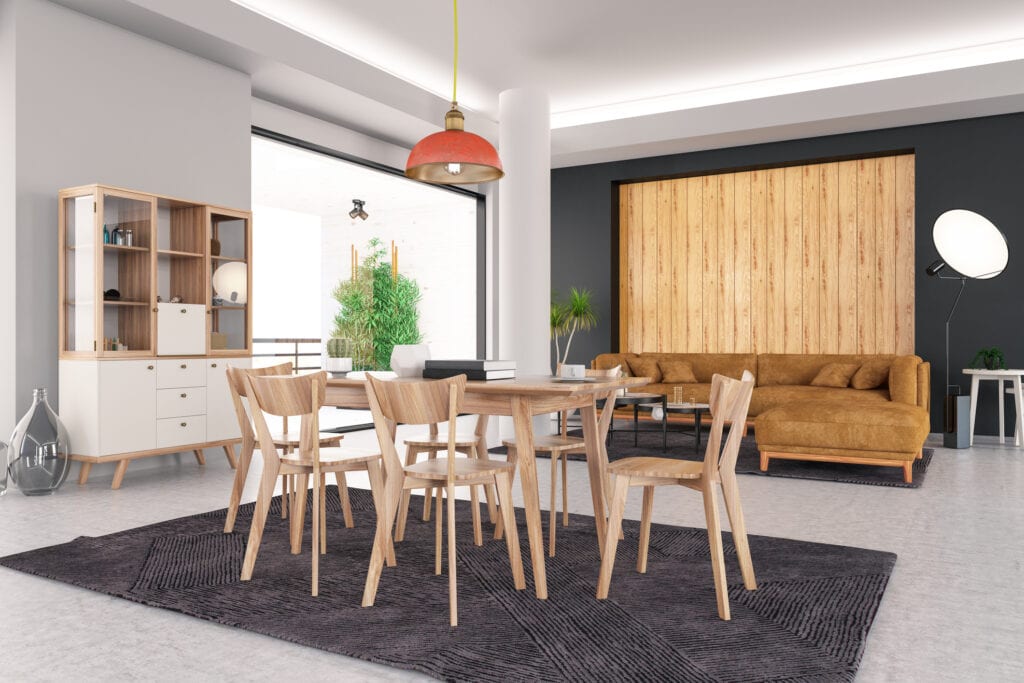
asbe / Getty Images
What is the Manual J Calculation?
An energy audit of your home uses the following information to determine the correct BTU (British Thermal Unit,) needed to cool and heat your home. Here’s what they consider:
- Square Footage
- Your Climate Zone
- Your Home’s Insulation
- Number of Windows in Your Home and Their Energy Efficiency Rating.
- Ductwork System and Efficiency
- Number of People in Your Home
- Appliances and the Heat They Generate
- Effect of Sun and Shade on Your Home
You have your recommended BTUs — now what?
The Manual J factors are given values that lead to a calculation expressed in BTUs. You can select an HVAC unit based on your recommended BTUs to heat and cool your home. Knowing your Manual J calculations and BTUs can help you shop with the knowledge and confidence that you’re choosing the right size HVAC for your home.
When selecting your heating and cooling system, bigger isn’t always better — in fact, installing a unit that is too big for your home, can actually mean higher utility bills because it will not work continuously to maintain the right temperature.
If you find yourself between HVAC unit sizes, experts recommend going larger, as long as you stay within the following range. Do not exceed:
- 15% over your recommended BTUs for air conditioning.
- 40% over your recommended BTUs for heating.
- 25% over your recommended combined BTUs for a heat pump.
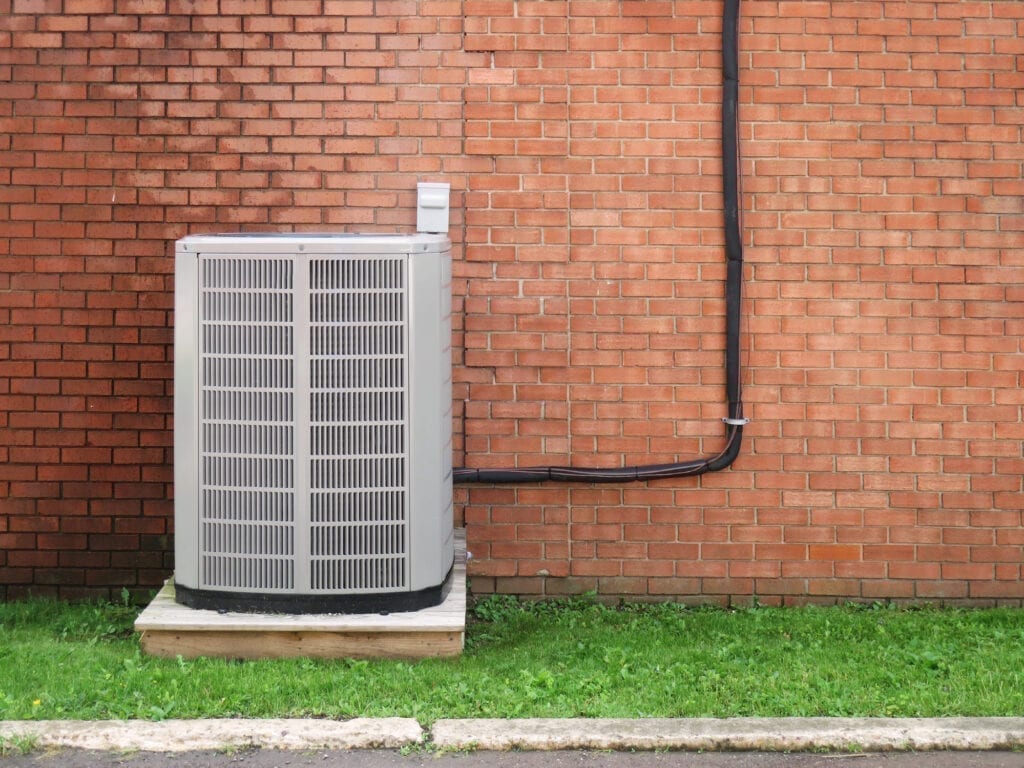
Thelma Lanteigne / EyeEm / Getty Images
Can you use square footage to choose your HVAC unit?
Yes and no. There are charts that can give you a rough idea of the right HVAC size, based only on your square footage. This simple calculation is popular with contractors who are choosing an HVAC on a multi-home development, without all of the details needed for a Manual J calculation. In some cases, the square footage method of calculation does not take into account all the variables that can create the perfect heating and cooling environment.
To illustrate why the full Manual J calculation method might be more accurate for your needs, picture two homes of the same square footage, same size family. One home is in America’s Southern region, with hot humid summers, and mild winters. The second home is in the Northern region, with bitter cold winters and hot dry summers. Though these homes are the same size, their energy needs are completely different.
Still have questions? Talk to an expert
Now that you have the basics of choosing the right size HVAC unit, contact your local HVAC dealer who can provide you with an energy audit, and help you choose the right system for home.

Why Isn’t My Air Conditioner Working?
Keeping Cool: How to Choose the Right A/C Unit
HVAC Basics: What’s a Good SEER Rating?
Clever Ways to Hide an Ugly HVAC Unit

